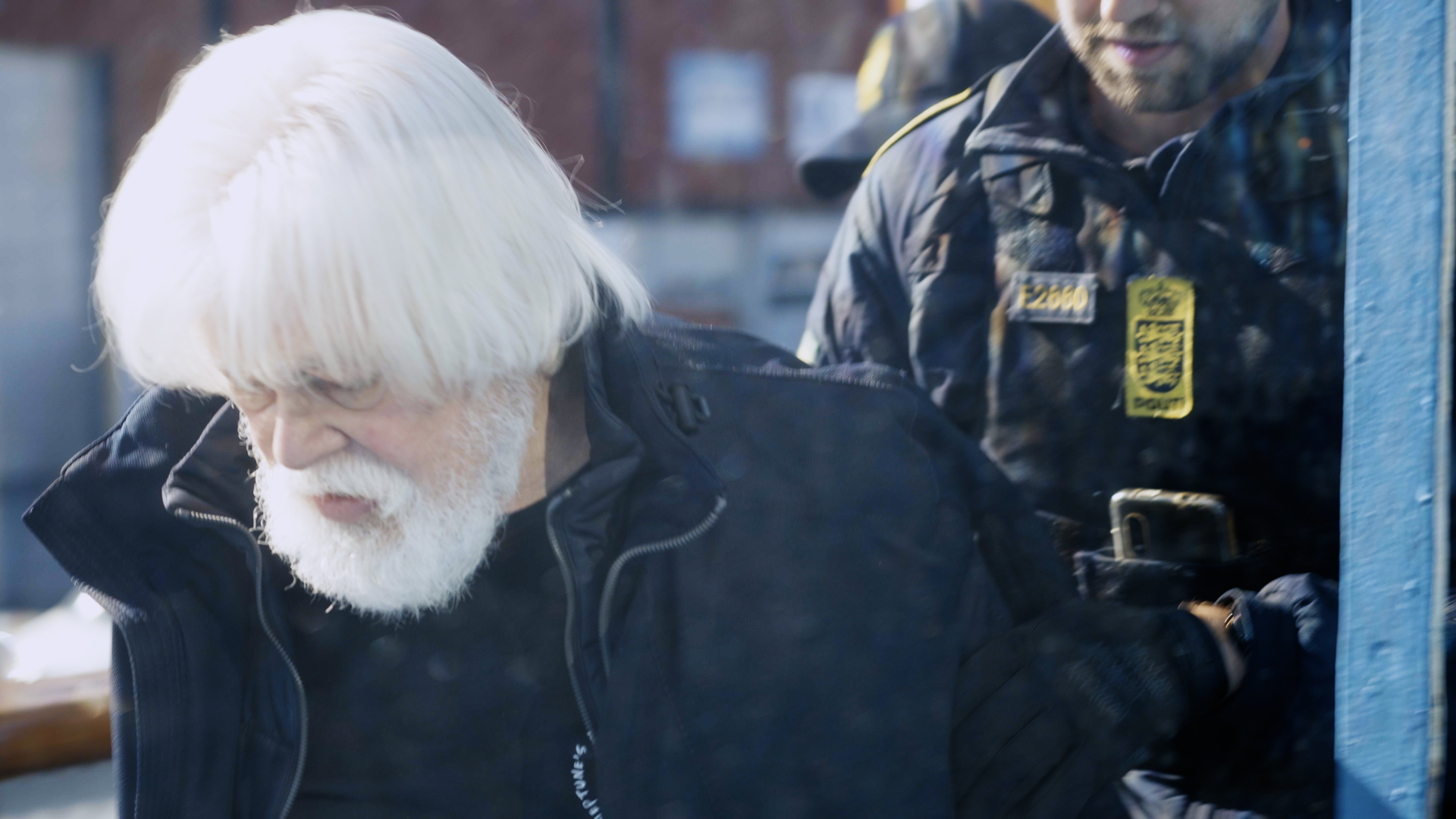 Teenager Scott Thorson (Damon), a wannabe veterinarian, embarks on an all-consuming relationship with Wladziu Valentino Liberace (Douglas), the world famous show pianist and Las Vegas fixture, who once commanded a legion of adoring female fans the world over. An offer to send medication for Liberace’s ailing poodle results in the musician flying Thorson to Las Vegas by private jet, where he administers the drugs in person and becomes forever entangled in Liberace’s web. Thorson’s emotional immaturity is then mercilessly exploited by Liberace, who systematically dismantles Thorson’s sense of self in order to become the young man’s entire world. The narcissism escalates to the point that the narrative veers into horror territory, and Liberace demands Thorson undergo surgery in order to better resemble the pianist.
Teenager Scott Thorson (Damon), a wannabe veterinarian, embarks on an all-consuming relationship with Wladziu Valentino Liberace (Douglas), the world famous show pianist and Las Vegas fixture, who once commanded a legion of adoring female fans the world over. An offer to send medication for Liberace’s ailing poodle results in the musician flying Thorson to Las Vegas by private jet, where he administers the drugs in person and becomes forever entangled in Liberace’s web. Thorson’s emotional immaturity is then mercilessly exploited by Liberace, who systematically dismantles Thorson’s sense of self in order to become the young man’s entire world. The narcissism escalates to the point that the narrative veers into horror territory, and Liberace demands Thorson undergo surgery in order to better resemble the pianist.
Despite the use of tried-and-tested film biography formulae, Behind the Candelabra bears more of the hallmarks of a gangster biopic by Martin Scorcese, than say Diana. With a restless camera that sweeps and swoops, exhibiting a fetishist’s eye for period detail, clothes and cars, the film is a sort of camp Casino (1995) about the combustible combination of love and power. As such, it’s easily Soderbergh’s best film in over a decade. After the forgettable The Informant and Contagion this may be understood as faint praise, but make no mistake, Behind the Candelabra is great, classical filmmaking by any standards. First and foremost, however, these are spectacular performances that remind us why Damon is in nearly every film we see and that Douglas’s marriage isn’t the only attribute to qualify him as a household name.
As for the brief sex scenes, these aren’t the shadowy fumbles and furtive glances of Brokeback Mountain, but surprisingly fearless, sweat-laden antics from both leads.
For an actor whose career is defined by masculinity, chauvinism and extramarital affairs via such sex thrillers as Fatal Attraction and Basic Instinct, and with the ability to shift rain forests of magazines with little more than pure mojo, Douglas is endlessly fascinating in this effeminate role. It is unlike anything he has previously brought to the screen, and it is tempting to imagine that Liberace’s inherent lasciviousness may have been the self-confessed sex addict’s ‘in’ (Liberace reportedly had quite the libido himself). Certainly, in the hands of a lesser talent, the role might easily have slipped into impersonation or caricature, but Douglas goes deep, quickly disappearing. That said, while Douglas has rightfully been showered with praise, it is Damon who truly impresses. The real Thorson was 17 years old when he met Liberace and Damon is now over 40, but in this role that (over a period of roughly a decade) requires a slow burn corruption from babe-in-the-woods orphan to spurned, damaged queen, Damon meets the script’s every challenge with a nuanced intelligence that frankly floored me.
For a contemporary audience, what is most difficult to fathom is how on earth the eternal bachelor- camper-than-Christmas and more flamboyant than a 20-tiered wedding cake – could have fooled so many for so long. Interestingly, Baby Boy, the ailing poodle that started their relationship was blind – and it isn’t long before Liberace has tellingly transferred the dog’s moniker to Thorson himself. Thus much of the film centres on seeing, not seeing or not wanting to see. Details such as these leave you with the impression that, while critical of its subject, the film is more character dissection than assassination.
Behind the Candelabra (11)

Dir: Steven Soderbergh; US drama, 2013, 118 mins; Michael Douglas, Matt Damon, Rob Lowe, Dan Aykroyd, Debbie Reynolds, Paul Reiser
Premiered October 24
Playing nationwide














